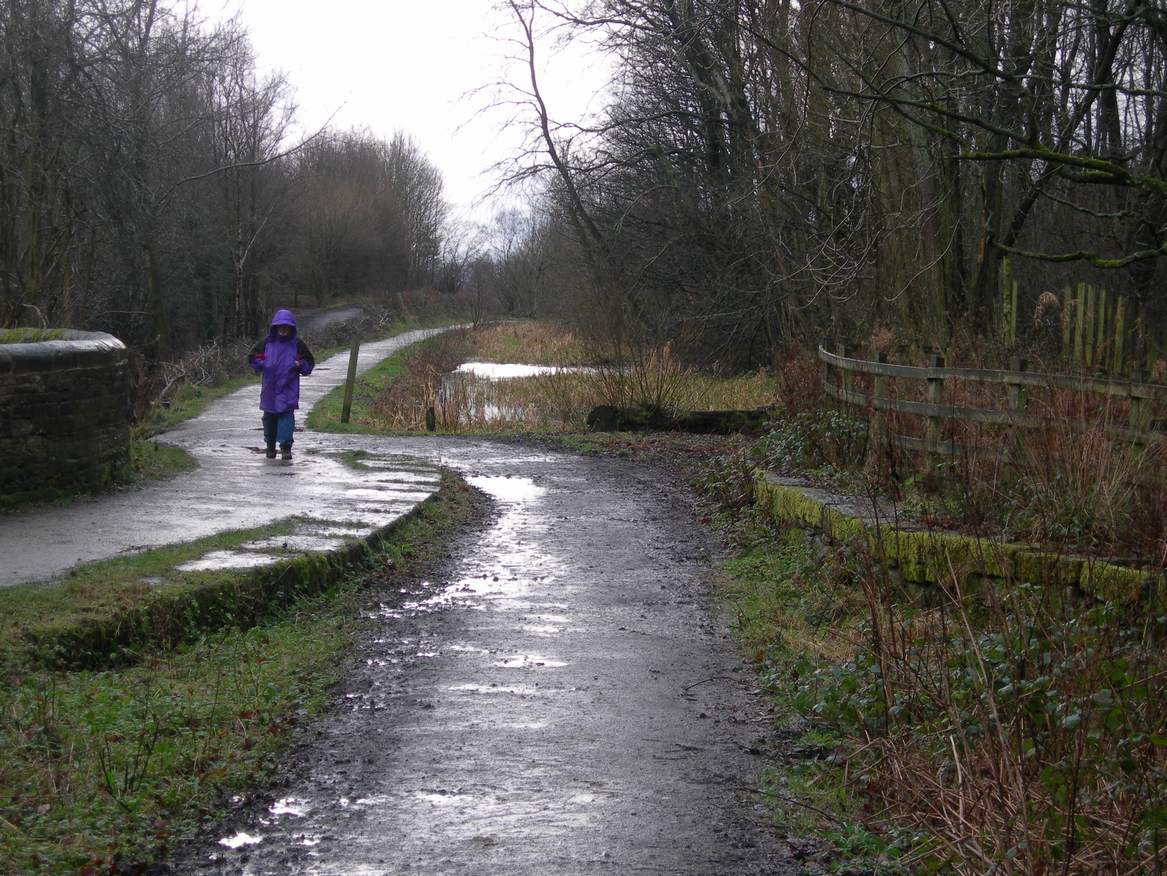Fairbottom Branch Canal on:
[Wikipedia]
[Google]
[Amazon]
The Fairbottom Branch Canal was a canal near
 Around 1800, water was being supplied to this canal by ''
Around 1800, water was being supplied to this canal by ''
Park Bridge
{{Coord, 53.5058, -2.1222, display=title, region:GB, format=dms Canals in the Metropolitan Borough of Oldham Canals in Tameside Canals opened in 1792
Ashton-under-Lyne
Ashton-under-Lyne is a market town in Tameside, Greater Manchester, England. The population was 45,198 at the 2011 census. Historically in Lancashire, it is on the north bank of the River Tame, in the foothills of the Pennines, east of Manche ...
in Greater Manchester
Greater Manchester is a metropolitan county and combined authority area in North West England, with a population of 2.8 million; comprising ten metropolitan boroughs: Manchester, Salford, Bolton, Bury, Oldham, Rochdale, Stockport, Tam ...
, England
England is a country that is part of the United Kingdom. It shares land borders with Wales to its west and Scotland to its north. The Irish Sea lies northwest and the Celtic Sea to the southwest. It is separated from continental Europe b ...
.
Route
The canal left theHollinwood Branch Canal
The Hollinwood Branch Canal was a canal near Hollinwood, in Oldham, England. It left the main line of the Ashton Canal at Fairfield Junction immediately above lock 18. It was just over long and went through Droylsden and Waterhouses to term ...
at Fairbottom Junction immediately above lock 22. It was just over one mile long (1.82 km) and it was lock free. It terminated at Fenny Fields Bridge, Bardsley, which is situated in the Medlock Valley between Ashton-under-Lyne
Ashton-under-Lyne is a market town in Tameside, Greater Manchester, England. The population was 45,198 at the 2011 census. Historically in Lancashire, it is on the north bank of the River Tame, in the foothills of the Pennines, east of Manche ...
and Oldham
Oldham is a large town in Greater Manchester, England, amid the Pennines and between the rivers Irk and Medlock, southeast of Rochdale and northeast of Manchester. It is the administrative centre of the Metropolitan Borough of Oldham ...
.
History
Although this canal was mainly rural, its main purpose was to carry coal so there was a loading stage for coal and a short private branch for the same purpose. There was also a mill. Immediately north east of the terminus at Fenny Fields Bridge an industrial community was founded at Park Bridge and a tramway, which included a small-bore tunnel long, connected the two together. This community was founded in 1783 by Samuel Lees to make rollers for the textile industry. This community expanded rapidly as the demand for textile machinery increased. Following the premature death of Samuel in 1804 the factory was successfully run by his widow Hannah Lees née Buckley and in later years the company was renamed Hannah Lees & Sons in her honour. The last part of this works closed in 1963 due to the decline in the textile industry.Fairbottom Bobs
''Fairbottom Bobs'' is a Newcomen-type beam engine that was used in the 18th century as a pumping engine to drain a colliery near Ashton-under-Lyne. It is probably the world's second-oldest surviving steam engine. The engine was installed at C ...
'', a Newcomen engine
The atmospheric engine was invented by Thomas Newcomen in 1712, and is often referred to as the Newcomen fire engine (see below) or simply as a Newcomen engine. The engine was operated by condensing steam drawn into the cylinder, thereby creati ...
working for mine drainage.
At first, waggon haulage on the tramway was by means of horses but early in the 1840s a steam locomotive called ‘The Ashtonian’ replaced them. Because of the narrow-bore tunnel, the driver needed to be of short stature and even then he had to kneel down to pass through the tunnel. The locomotive’s funnel also had to be removed. This tramway remained operational into the 1880s.
In the early 1930s two leakages occurred that made it necessary to lower the water level in the canal and this, coupled with mining subsidence, caused its unofficial closure in 1932. By 1948 the canal was completely unnavigable but it did remain in water.
Much of the line of the former canal remained intact and there are now plans to re-open part of it again as an amenity canal along with much of the Hollinwood Branch Canal.
See also
*Canals of Great Britain
The canals of the United Kingdom are a major part of the network of inland waterways in the United Kingdom. They have a varied history, from use for irrigation and transport, through becoming the focus of the Industrial Revolution, to today's r ...
* History of the British canal system
References
External links
Park Bridge
{{Coord, 53.5058, -2.1222, display=title, region:GB, format=dms Canals in the Metropolitan Borough of Oldham Canals in Tameside Canals opened in 1792